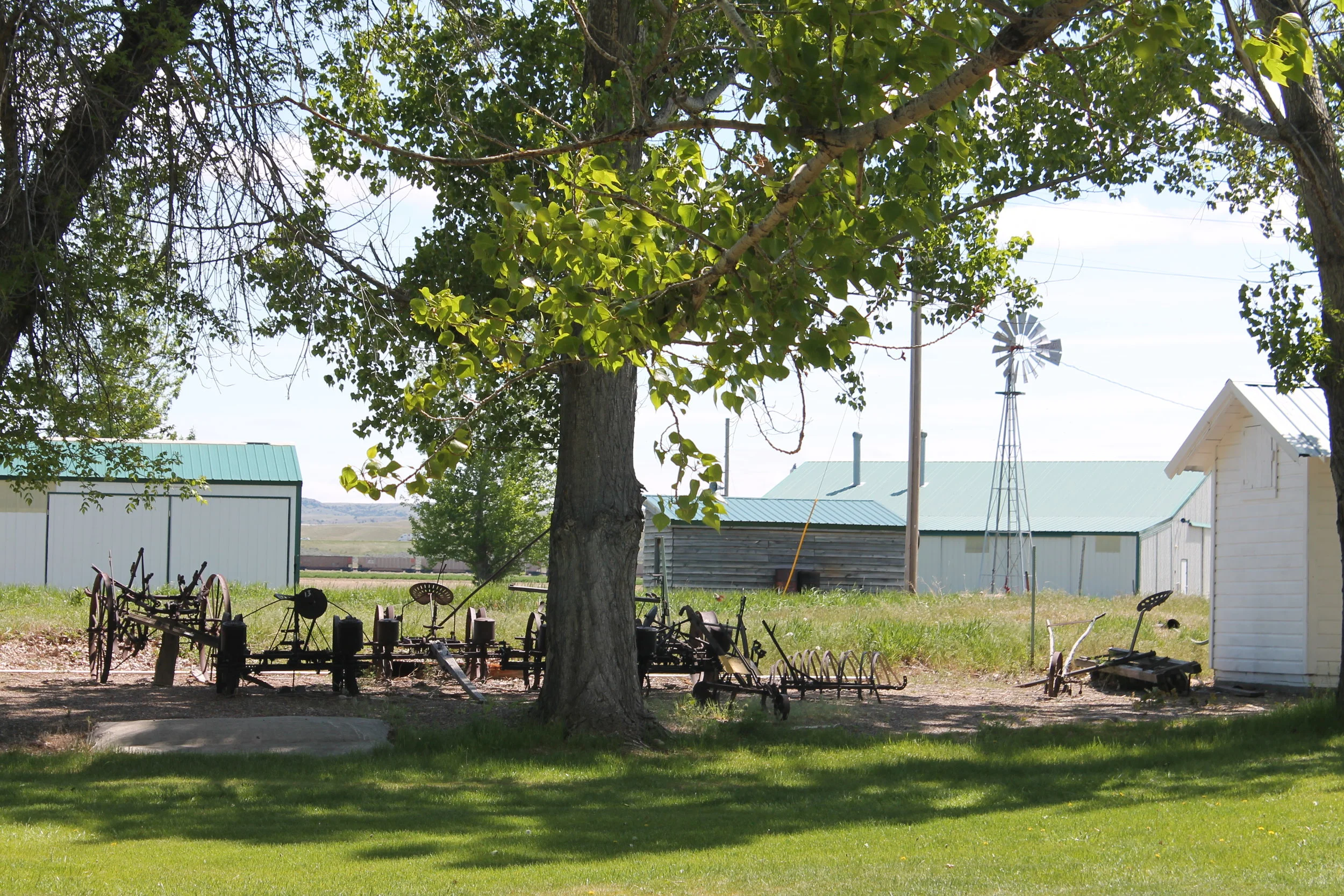Sweet Sentiments
/By Trudie Porter Biggers
1908 dawned clear and cold on the Huntley Irrigation Project with stars visible in the night sky as temperatures hovered near zero. By the second week of the year snow began to fall across the valley and with the snow, temperatures raised into the high twenties.
Homestead families used the cold weather to seal up cracks around windows and doors, fighting the constant loss of heat each time the door opened. Men mended harnesses, fashioned new soles for shoes and boots and made rope from twine. Stock needed constant feeding and attention. Watering wasn’t necessary if snow covered the ground unless the stock were pinned up, then frozen water troughs proved challenging. Ice was cut from the Yellowstone River and placed in ice houses packed in sawdust in preparation for the summer heat.
Although women no longer worked in their gardens, the cold weather provided time to sew and mend clothing and darn stockings. Girls wore dresses that had been cut down from one of their mother’s with the inside hem being made from different fabric to accommodate the girls growing height. Men’s clothing was remade to fit a growing teenager or child, but once the item became too worn it was eventually cut into quilt squares or torn into strips to be woven into braid rugs.
February 1908 was leap-year and as Valentine’s Day approached many bachelors were on the lookout for a pretty maid. Valentine’s Day dances were held in schools or churches that first year but were later moved to Community Centers.
An enterprising young man with his eye on a special girl had a devil of a time finding just the right way to express his feelings. Flowers were always a favorite with the ladies but in February there were no obliging fields around. Billings was a full days ride and the cards, candies and flowers for purchase there could not be afforded.
If necessity really is the mother of invention, these lads were clearly talented because their Valentine’s offerings to sweethearts and wives were truly lovely. One young man used a piece of leather he had tanned, fashioned a heart which he also colored, then burned his message of love to his sweetheart. Another young man gave a red grosgrain ribbon for his loved one’s hair. Many a husband took time to whittle heart-shaped butter molds or trinket boxes. Others built wooden boxes to hold candles or sewing supplies, then painted brightly colored hearts, trees, cows and homestead houses on the outside.
Although a young lady must wait for the gentleman of her choosing to make the opening move, she always had a handmade gift ready just in case she was presented with a Valentine. Many wives and sweethearts knitted warm woolen mittens or caps. Some created beautiful love notes that had to be opened carefully to divine the message contained inside. Another young woman created a red paper heart carefully woven into a white hand. Swedish brides made beautiful Cardamom braids of bread while German ladies made delicious Butta Glaze or butter balls.
The first Valentine’s Day in 1908 on the Huntley Project was a mid-Winter celebration that brought communities and sweethearts together. Dancing, dinning and sweet stolen kisses brought warmth to cold cheeks and love and laughter to many hearts.



